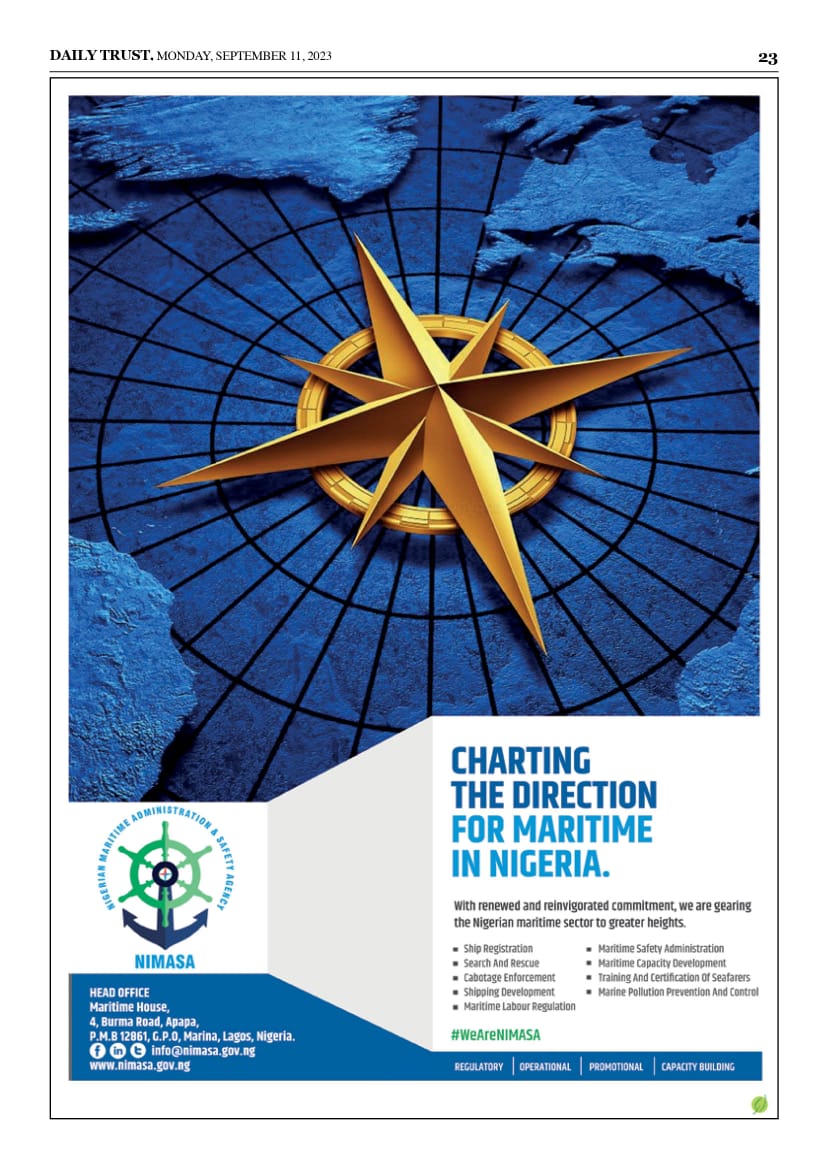By Edoamaowo Udeme
As Nigeria conducts its largest ever yellow fever mass campaign in 2018, more than 25 million people will be protected from Yellow Fever Epidemic.
This endeavor is part of the comprehensive strategy to Eliminate Yellow Fever Epidemics (EYE) by 2026.
According to a released report by the steering committee of World Health Organisation WHO), Global Alliance for Vaccines and Immunization (GAVI) and United Nations Children’s Fund (UNICEF), “The vaccination campaign is a response to the yellow fever cases reported in Nigeria since September 2017”.
“Since the first case was confirmed in Kwara State, 41 cases have been confirmed in 7 states, and more than 1700 suspected cases have been reported from all states of the country”. It noted
Ironically, in Borno State where millions of people are in need of humanitarian assistance, no case of yellow fever has been confirmed but the importance of protecting the highly vulnerable populations against yellow fever in this extremely fragile area is imperative .
According to Dr Wondimagegnehu Alemu, WHO Nigeria Representative, “vaccinating internally displaced people in Borno state is crucial because protecting vulnerable populations living in high-risk conditions will prevent the spread of yellow fever if an outbreak occurs.”
“Conducting a mass vaccination campaign during an ongoing humanitarian crisis, when reaching people is difficult, dangerous, presents several challenges, for this reason, Nigeria has chosen a tailored approach, which takes into account the accessibility component, to protect populations in Borno”. Alemu noted
“Since the humanitarian crisis unfolded in northeast Nigeria and the rise of Boko Haram in the region depriving people of their lives, including their right to health, Borno has been one of the most affected areas”.
“With the partial or complete destruction of more than two-thirds of health facilities in the state, remaining functional health infrastructure is limited to respond to the healthcare needs of the population, including outbreak response” .
“In February 2018, health authorities in Borno, in collaboration with WHO and partners, preventively vaccinated more than 2 million people in internally displaced people (IDPs) camps and surrounding host communities”
“The reach of the health service delivery established for yellow fever vaccination in the IDPs can serve as a backbone for delivery of other vaccines and indeed more diverse health services and strengthen the routine immunization delivery system”.
Dr Jorge Castilla, Senior Emergency Officer, at WHO, in Geneva stressed that the main difficulties regarding the implementation of vaccination campaigns in humanitarian settings are related to the limitation of access to people in need of assistance.
“Within the EYE Strategy framework, the prioritization of areas that will implement vaccination campaigns takes into account, among other things, immunization coverage, levels of risk, and population vulnerability, as these factors directly affect the ability of communities and health systems to detect, confirm, and respond to yellow fever epidemics in a timely manner”.
“In the conflict-affected area, vaccination has to add the dimension of access and feasibility, and when a window opens that allows vaccinating a low coverage area, that window of opportunity must be taken whenever it is possible,” says Castilla.
“Population mobility and accessibility to health facilities is also crucial to ensure a successful immunization campaign”.
According to the Borno state Health Commissioner, Dr Haruna Mshelia, the availability of polio infrastructure made planning and implementation of Yellow Fever vaccines a lot more feasible.
“The existence of polio infrastructure, health personnel and expertise with years of experience in vaccination campaigns enabled the rapid development of strategic plans, definition, and prioritization of most-at-risk populations based on available micro plans, implementation, and monitoring using a standard checklist to ensure a high-quality campaign.”
The EYE Strategy, steered by WHO, Gavi, and UNICEF, supports forty countries and involves more than fifty partners and more than one billion people will be vaccinated against yellow fever.


